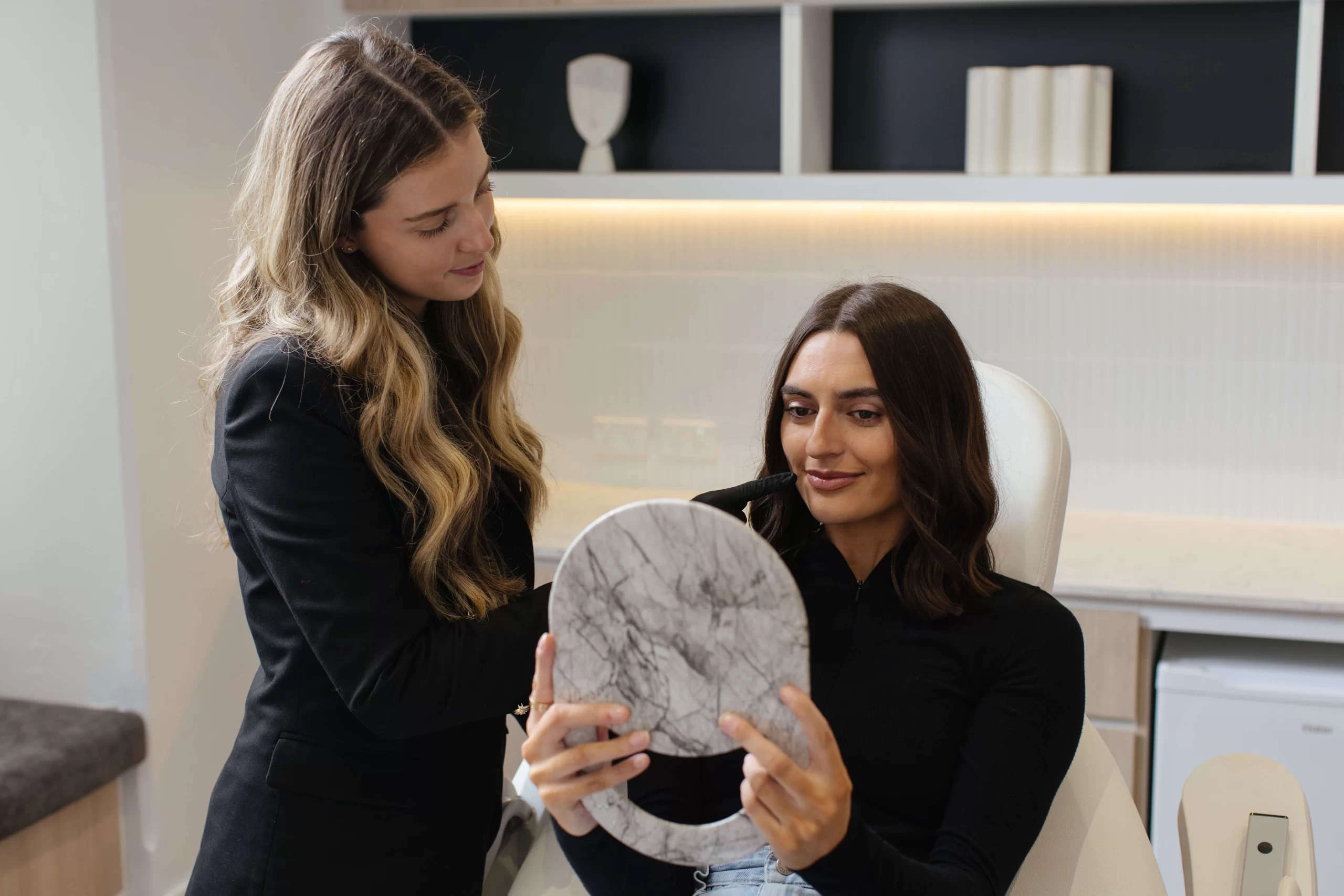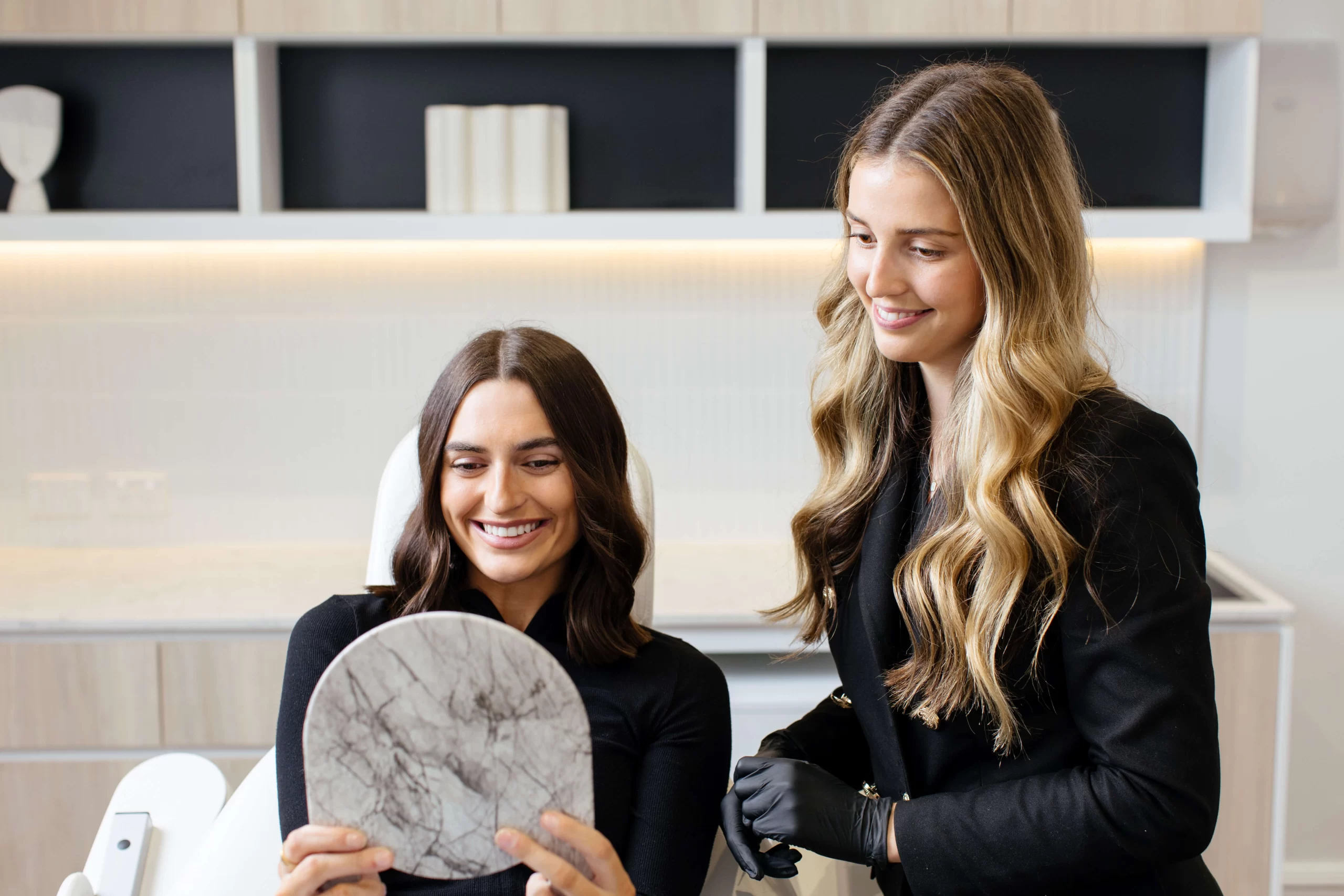Why is my anti-wrinkle not lasting?

| Cosmetic Nurse Isabelle explains the factors that influence anti-wrinkle longevity. |
Anti-wrinkle injections are one of our most popular treatments at Youth Lab. Once seeing the benefits, it’s a treatment many clients will come back for at regular intervals to maintain their results. How long do anti-wrinkle injections last though? Despite the majority of studies telling us that anti-wrinkle should last an average of three months, the topic of longevity causes much debate.
Now, don’t get me wrong, this stands true for the majority of my clients. However, there are a handful of individuals with anecdotal experiences where their anti-wrinkle treatments have not lasted as long as expected.
In this blog, I will address some of the common factors that may be affecting the longevity of your anti-wrinkle injections. From product manufacturing to steps both the practitioner and client can follow to help get the best longevity, you are bound to finish this article with a plan of action to help boost the results of your next anti-wrinkle treatment.

Manufacturing Factors
There are various brands of anti-wrinkle that have been approved for use in Australia, with more becoming available at this moment. Most of these are similar in nature. However, there can be key differences between each brand whereby some are more vulnerable to damage than others which can impact our ability to predict the results.
To give you some background knowledge, anti-wrinkle is a complex, three-dimensional protein that consists of both heavy and light chains. This means that factors such as temperature, time and pH. can all disrupt this shape and stop it from working effectively.
Once the freeze-dried product is diluted with saline for use, it must be refrigerated between the approved temperature and used within the advised time frame. Any variation around this may alter the product’s efficacy and affect your longevity of results.
Practitioner Factors
From a practitioner point of view, the toxin must be injected directly into the muscle in order for it to take effect. This means your injector must have a thorough knowledge of facial anatomy and understand the depth at which each muscle is located. For example, if your injector is injecting too deep in the forehead, they will be bypassing the frontalis muscle. The result? You might find that the anti-wrinkle is not taking effect.
Similarly, if the product is injected intravascularly, although this does not cause any harm, the toxin will simply be flushed through your body, without affecting the muscle.
My piece of advice to you would be to ensure you know your injector and their experience. You are allowed to ask us about our training, studies and experience, so don’t be afraid!
Yes, this may mean that you are paying a slightly higher price for a more skilled injector but trust me, it is worth it. All Youth Lab injectors are skilled practitioners with an unwavering dedication to ensuring safety and optimal results for each client.

Client Factors
Dosage plays a HUGE role in determining how long your results will last. To simplify it for you, the number of units used controls how much the muscle relaxes.
The most common reason we see for why a client is not getting the expected longevity from their treatment is that they are wanting just a “sprinkle of anti-wrinkle.” This means we are under-dosing the muscle, and although it might look great for a couple of weeks, movement will likely return 4-6 weeks post-treatment.
When the muscle is not appropriately dosed, it isn’t being relaxed enough. As a result, you will find that your results don’t last as long.
I can not stress the importance of appropriately dosing your muscles enough. Not only will it ensure you are getting the best longevity out of treatment, but it will work to prevent further line formation.
If you are unable to go ahead with the recommended dose from your injector due to budget reasons, I recommend using what you can afford in just one or two areas. That way, you will be appropriately dosing those muscles and not trying to spread the units too thin across multiple areas of the face.
Client genetics can also impact the longevity of your anti-wrinkle results. Some will respond differently due to differences in their anatomy, such as varying muscle strength and size, their receptors, metabolic rate, lifestyle, level of exercise, stress or, more uncommonly, if they have an immune difference that causes toxin resistance.
Aftercare Factors
Lastly, following your aftercare post-treatment is extremely important. It can affect not only the longevity but the final result too.
This includes no vigorous exercise for 24 hours, staying out of excessive heat or saunas, no massaging the area, and staying upright for 4 hours immediately post-treatment. If you are exposed to excessive heat immediately post-treatment, this can be a vulnerable time for the efficacy of the product, and the anti-wrinkle may not be able to engage with the nerve effectively.

My Take-Home Message
Our body’s are weird and wonderful, and despite all efforts to help optimise the longevity of our results, it can often be difficult to pinpoint exactly what may or may not be affecting the longevity of your anti-wrinkle treatments. What we can do is ensure both client and practitioner are adhering to these steps, providing safe treatments with the recommended dose, and following appropriate aftercare to try our best to optimise the longevity of your anti-wrinkle treatments.
I look forward to seeing you in-clinic for your next Youth Lab experience.
Sincerely,



